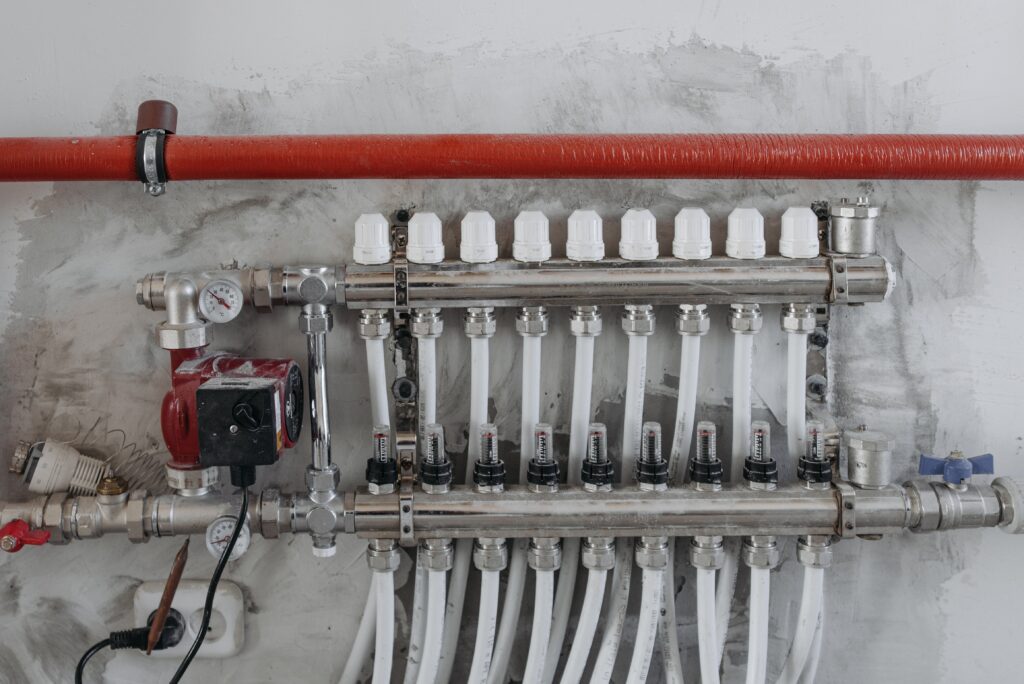
In the annals of history, there exists a profession that predates modern plumbing systems and speaks to the ingenuity and resilience of ancient civilizations—the Pulamber, or water carrier. Often overlooked in contemporary discourse, the Pulamber played a vital role in ensuring access to clean water for communities across various cultures and epochs. Let’s delve into the fascinating world of Pulambers and their enduring legacy.
The term “Pulamber” is derived from Persian and refers to individuals tasked with the transportation and distribution of water. This profession dates back to ancient times and was prevalent in civilizations such as Mesopotamia, Egypt, Greece, and Rome. In regions where access to freshwater sources was limited or unreliable, Pulambers played a crucial role in delivering water from rivers, springs, or wells to homes, temples, and public buildings.

The duties of a Pulamber were diverse and demanding, requiring physical strength, endurance, and resourcefulness. Some key responsibilities included:
Beyond their practical contributions, Pulambers held cultural and social significance within their communities. They were often respected and revered for their indispensable role in sustaining life and ensuring the well-being of the populace. In some societies, Pulambers were celebrated in folklore, literature, and art, immortalizing their legacy for future generations.

While modern advancements in plumbing technology have largely replaced the need for Pulambers in many parts of the world, their legacy endures as a testament to human adaptability and innovation. In regions where access to clean water remains a challenge, echoes of the Pulamber tradition can still be found in the form of water vendors, community water distribution programs, and grassroots initiatives aimed at addressing water scarcity.
The story of the Pulamber serves as a poignant reminder of the timeless quest for access to clean water—a fundamental human right and a cornerstone of civilization. From ancient civilizations to the present day, the role of water carriers transcends time and geography, embodying the resilience, resourcefulness, and communal spirit of humanity. As we navigate the challenges of the modern world, we would do well to remember and honor the legacy of the Pulamber, whose humble service sustains life and enriches our collective history.
